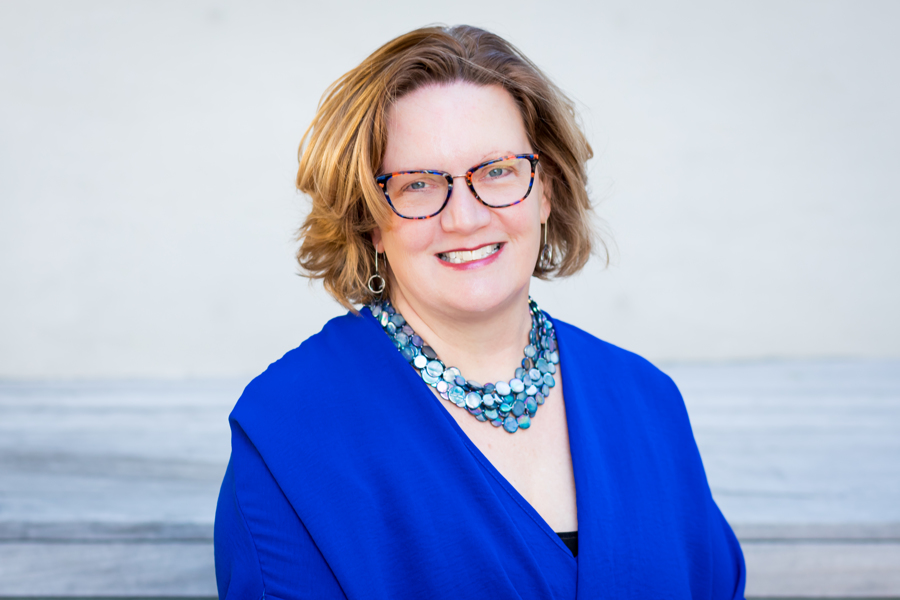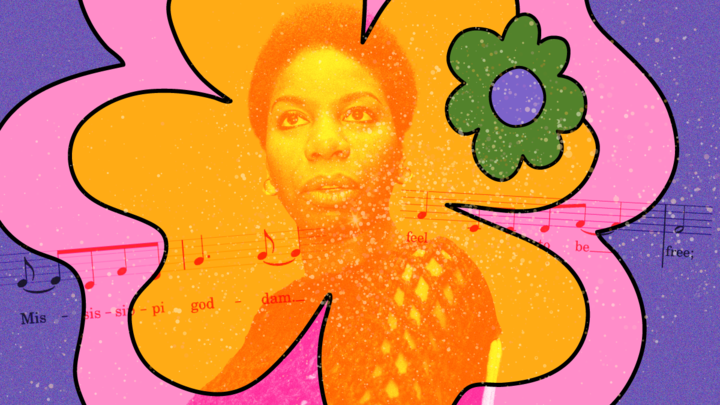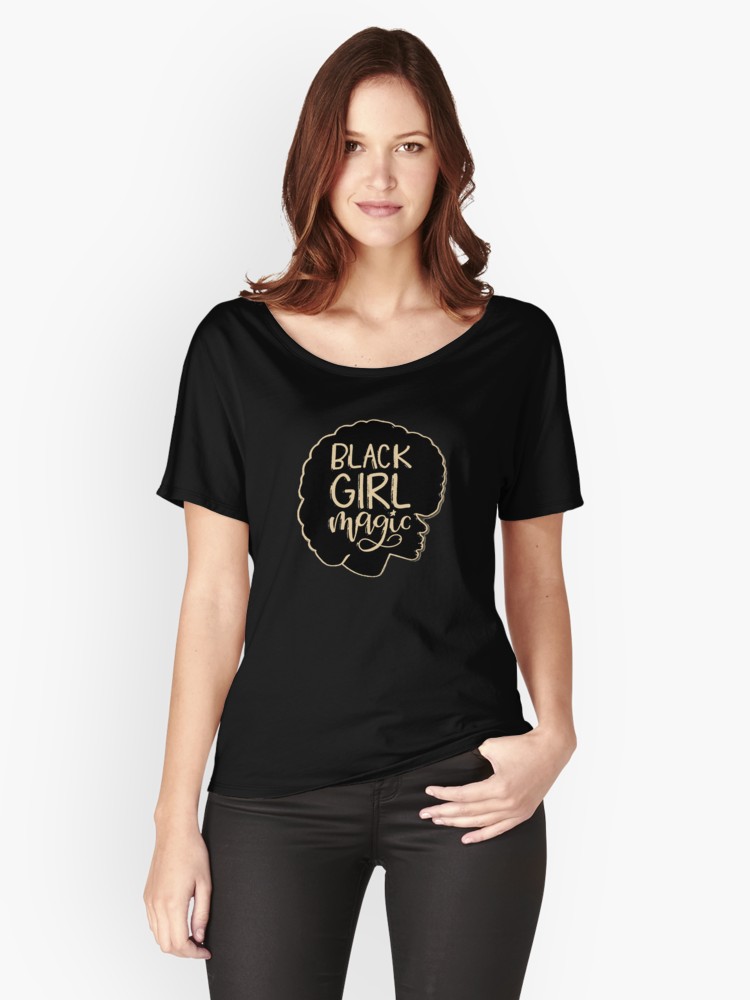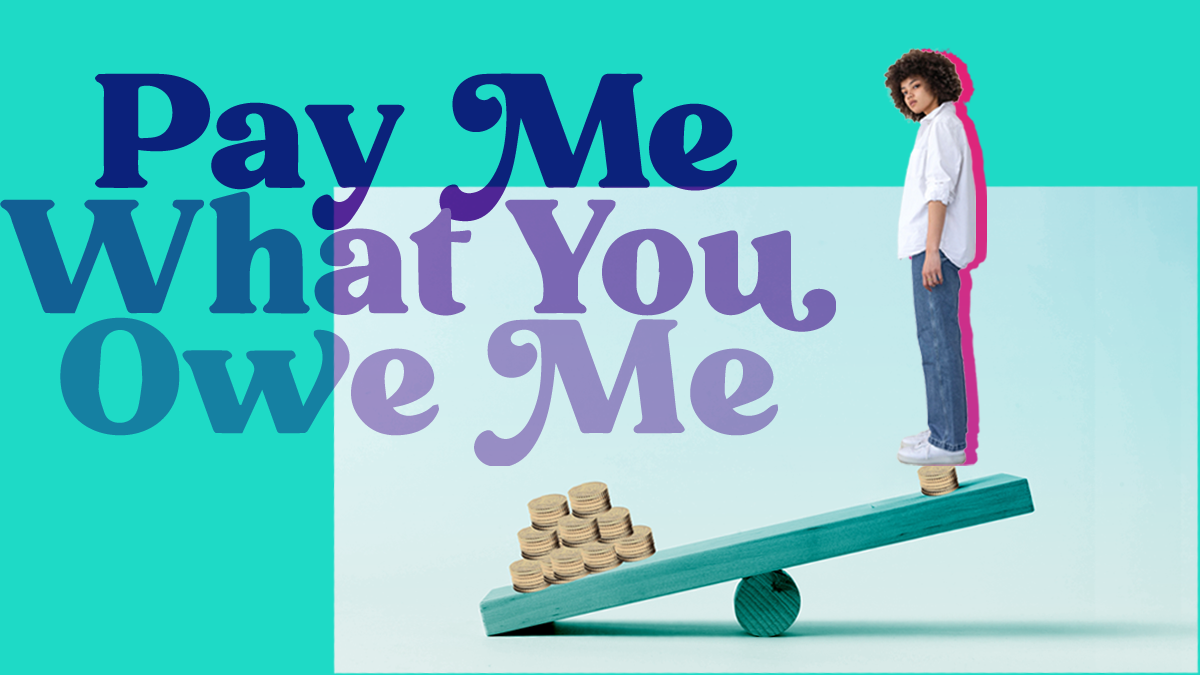Abortion rights, women of color, and LGBTQIA+ people are under attack. Pledge to join us in fighting for gender justice.
The Radical Black, Feminist Joy of Meghan Markle’s Wedding


When I was 10 years old, I was dreadfully bored in my suburban Boston public school – bored with worksheets, bored with being the nice girl who was placed into groups to moderate boys’ behavior rather than to feed my hungry intellect, bored with learning about wealthy white men and so rarely seeing myself reflected in our studies.
My dad had an opportunity to bring me, my then 8-year-old sister, and our mom along on a summer business trip to Europe, a rare treat for a family that pinched every penny and was already worrying about paying for college. We decided it to go for it, and my mom worked hard to craft educational experiences that would make the most of what turned out to be our only family trip abroad.
So, in August 1978 I found myself following my dad through the damp, dark passageways of the Tower of London, listening to him tell the surreal true story of Henry VIII and his six wives, the surrounding violent upheaval of religious wars and economic injustice, and the story of Henry’s astoundingly fierce and effective daughter, Queen Elizabeth I, who emerged from all of those power struggles to rule England with smarts and grit for decades. I was hooked – and desperate to learn more about her and the other women whose stories my dad began to share with me.
When we arrived home, I went straight to the public library and checked out every book I could find in the young adult section about Tudor England’s queens. After I had devoured all of those, I went back to read all I could about Eleanor of Aquitaine, Joan of Arc, Catherine de Medici and other white European women who had defied expectations of their times.
Three years later, just after I had exhausted every source on which I could get my hands during that pre-Internet era, Prince Charles was engaged to Lady Diana Spencer – a teenager only six years older than me – and I finally had a contemporary princess to follow. My mom, sister, and I rose before dawn on “Chuck and Di’s” wedding day to eat a traditional English breakfast on our finest china while watching the festivities. Of course, that marriage turned out to be a disaster. I grew up with Diana, learning alongside her that fairy tales are highly problematic and sometimes brutal, both in fiction and real life. It broke my heart when she was killed in a car crash at age 37, just as she was figuring out how to use her celebrity to advance previously unpopular causes like AIDS and landmines.
I’ve kept up with British royalty for decades now, recognizing the problems with its imperialist structure but loving the personalities and pomp, and observing the institution slowly modernize – often at the urging of young women.
So, yes, I was up at 5 a.m. for Meghan and Harry’s wedding, decked out in my grandmothers’ pearls and my nightgown, enjoying scones, strawberries, and tea in a virtual watch party with my mom, who was in an even earlier time zone.
I expected delicate boy sopranos and triumphant trumpets, stately horses and gilt carriages, fabulous hats and dashing uniforms. And I got those. This time, though, a new generation of girls, this time Black girls and biracial girls, saw a grown up, confident princess who not only looks like them (as Salamishah Tillet put it so well), but who also insisted on having her Black mother Doria Ragland ride with her to the church – and walked herself most of the way to the altar. Who personally asked 19-year-old Black British cellist Sheku Kanneh-Mason to play. Who invited a gospel group, The Kingdom Choir, to sing an American song “Stand By Me,” led with power and grace by Karen Gibson. Who, while some of the white Brits in the crowd squirmed, listened deeply to a passionate sermon by Bishop Michael Curry, the first African-American leader of the U.S. Episcopal Church. Meghan and her prince leveraged an intensely private moment to celebrate Black excellence, beauty, and talents – and to demonstrate to the nearly 2 billion people watching around the globe that when these gifts are embraced and integrated into spaces that have been white for centuries, the result is a far richer and more meaningful experience for all of us.
As I sang along with the hymns, wiped my tears, and indulged in debates about the prettiest dresses and most glamorous celebrities, my heart soared. I watched as Black feminist Twitter sprang alive with excitement and pride. And I thought about how here at the National Women’s Law Center, we work incredibly hard, fighting for gender justice in a climate that is as terrifying as any we’ve seen in this nation’s history – “sin-sick,” in the words of the spiritual Bishop Curry cited. My colleagues and I talk often about cultivating hope and joy. But because the work is deadly serious and nothing less than saving our democracy is at stake, we can sometimes take ourselves too seriously and forget to be gentle with each other and with ourselves.
And I realized how much I’d been craving a day that was all about radical, redemptive, joyful love. A day that helped me reconnect with my 10-year-old self, scrambling around the ruins of a castle prison and learning from my daddy about a woman who escaped the trauma of that place and claimed her power. A day that told a new story for today’s girls, especially for Black girls and biracial girls. A day that revealed what our world could be, as Bishop Curry put it, when love is the way – “No child would go to bed hungry in such a world as that. Poverty would become history in such a world as that. The earth would be as a sanctuary in such a world as that.” A day during which dresses in shades of yellow and new grass green dominated, which, as Vanessa Friedman wrote, “are colors that signal optimism, happiness and a new dawn. Let them shine.” And I felt, deep in my heart, that somehow we’re going to get through these times, healed and whole. And, in part by cultivating joy, we will create a world that is more just, more equitable, more loving. Let’s make it so.





